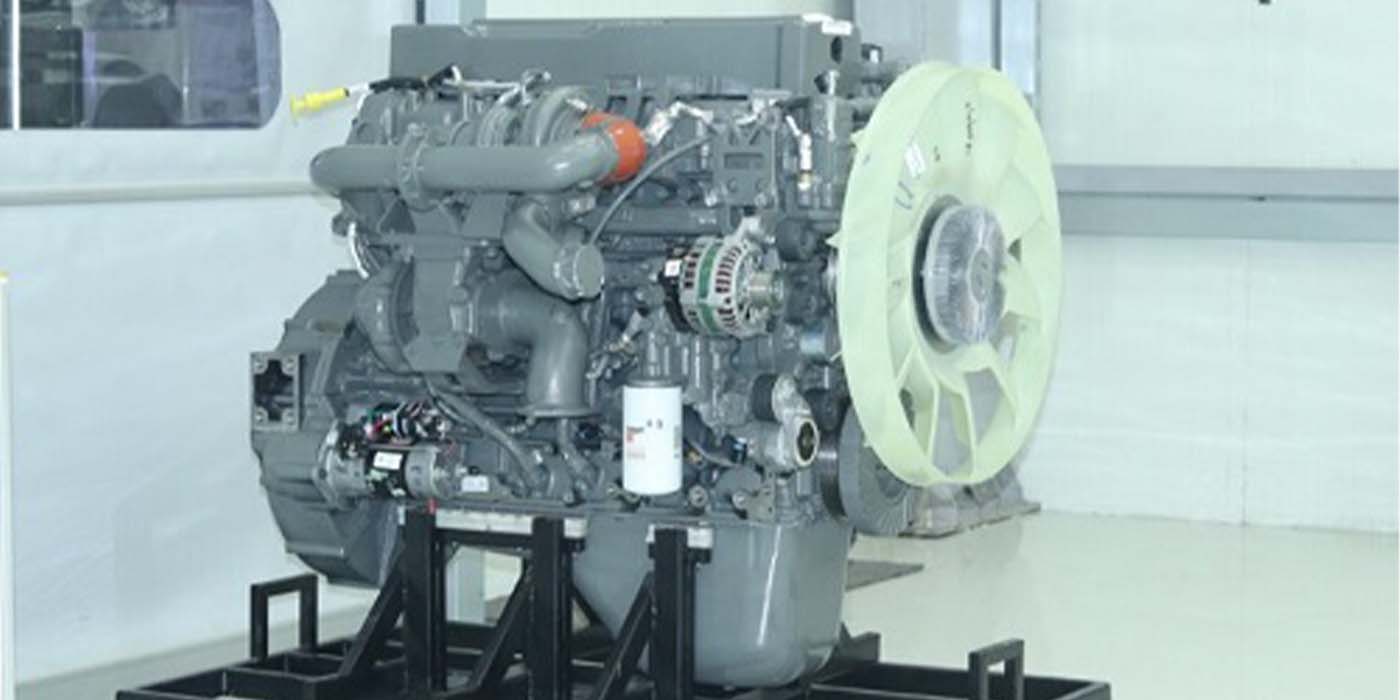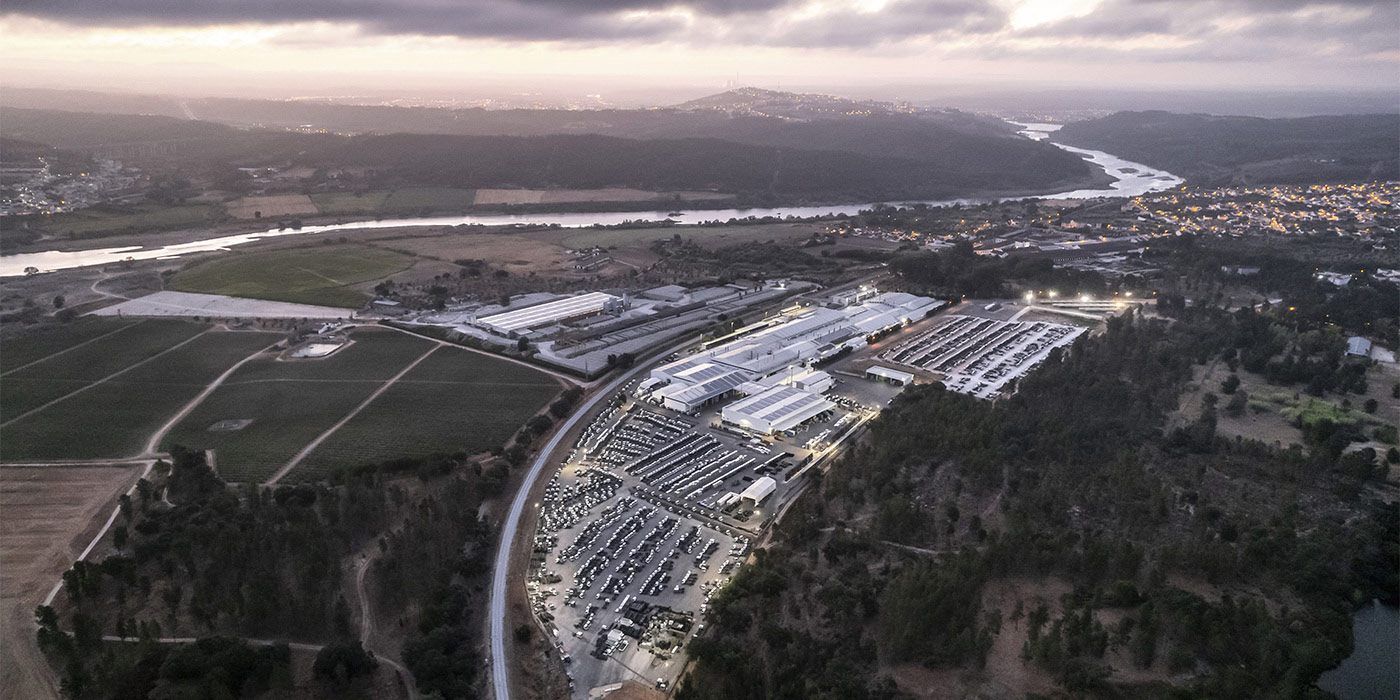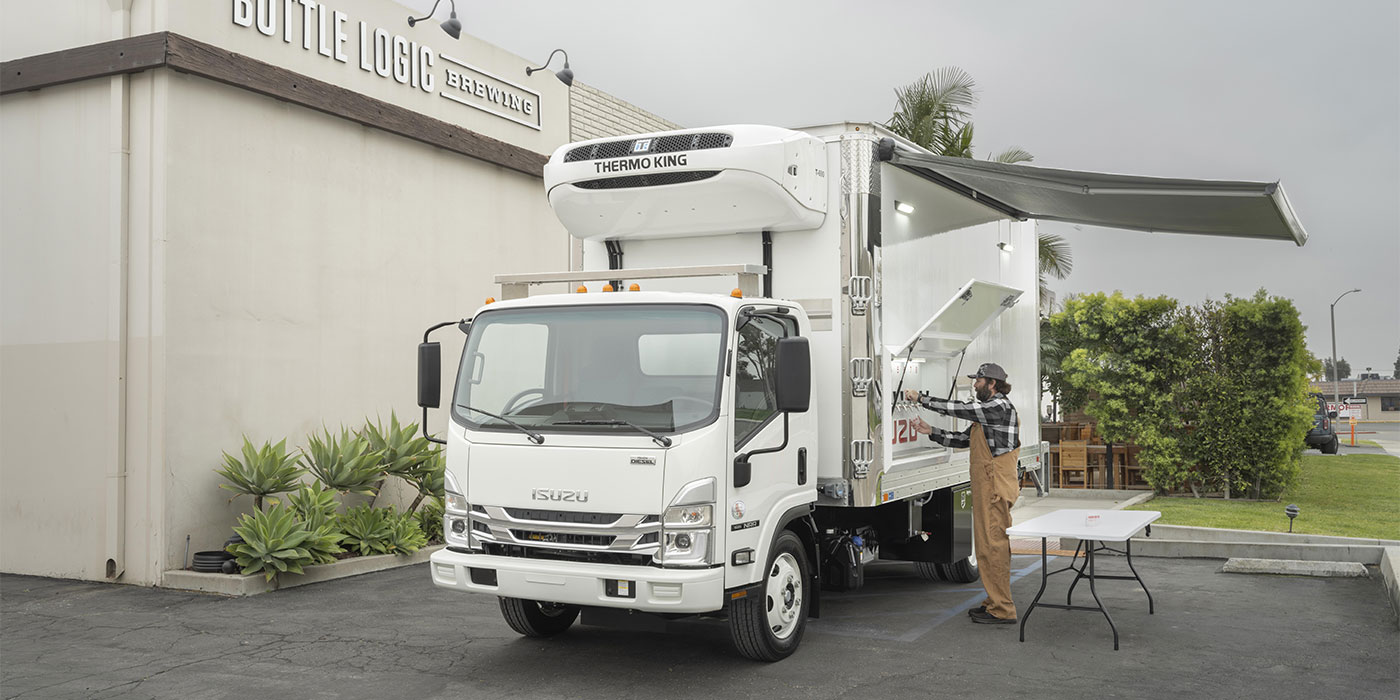A partnership project with government agencies and Freightliner has lead to the deployment of natural gas-powered vehicles in Southern California. In what is being described as a “groundbreaking, innovative and large-scale natural gas truck deployment project,” Ryder System Inc. has begun fielding 182 NG-powered tractors in its SoCal operations network. The order is part of Ryder’s agreement with the San Bernardino Associated Governments (SANBAG) to launch a natural gas truck rental and leasing project for commercial fleets in Southern California.
“The project with SANBAG demonstrates our commitment to deliver innovative alternative fuel solutions that bring long-term, sustainable fleet advantages to our customers,” said Robert Sanchez, president of global fleet management solutions for Ryder. “We are excited to be leveraging the latest vehicle technology to help our customers realize the predictable, cost-efficient and environmental benefits of natural gas.”
The natural gas model chosen by Ryder for this phase of its project is the Freightliner Business Class M2 112 equipped with a Cummins ISL-G natural gas engine and an Allison 3000HS transmission. Ryder has deployed the vehicles where its customers in the region will be able to access them through short-term rentals, long-term leases or through Ryder’s dedicated logistics services.
The initial Freightliners were delivered in early May at Ryder’s Rancho Dominguez, Calif., maintenance facility, the first in the company’s network to be upgraded for the indoor servicing of natural gas-powered heavy duty vehicles. As part of Ryder’s agreement with SANBAG, the company will construct two publicly accessible natural gas fueling stations and maintain vehicles at three strategically located maintenance shops in Rancho Dominguez, Orange and Fontana, Calif.
The SANBAG project is being funded by a partnership with the Southern California Association of Governments Clean Cities Coalition. One of its goals is to increase the use of domestically produced alternative fuels and to reduce emissions by bolstering the existing regional natural gas infrastructure in Southern California. When fully implemented, the project will displace more than 1.5 million gallons of diesel annually with domestically produced low-carbon natural gas.
The U.S. government also is supporting the Ryder project by providing over $9.95 million in grant funding through the U.S. Department of Energy’s Alternative Fuel and Advanced Technology Vehicle Pilot Program. The California Energy Commission Alternative and Renewable Fuel and Vehicle Technology Program awarded an additional $9.3 million.
Ryder, meanwhile, provided $17.06 million of its own capital for this project, which it hopes will become a model for additional alternative energy and clean technology deployment projects across the nation.
“Ryder is helping to pave the way for the next wave of alternative fuel vehicles,” said Robert Carrick, Western Region vocational manager—natural gas, for Freightliner Trucks. “The Ryder combination of rental and lease vehicles and fuel availability on-site will be a wonderful resource for those customers who want to try natural gas vehicles in their operations and become confident the technology will work for them.”
Currently, Congress is considering federal incentives for the production, purchase and use of natural gas vehicles and for the expansion of the NGV fueling infrastructure. H.R. 1380, the New Alternative to Give Americans Solutions (NAT GAS) Act of 2011 would provide federal incentives for the production, purchase and use of natural gas vehicles and for the expansion of the NGV fueling infrastructure.
“While there are many options to displace gasoline in light-duty vehicles, there are very few options to displace diesel in trucks, buses and other heavier vehicles,” Richard Kolodziej, president of NGVAmerica, told the U.S. House Energy and Power Subcommittee during a hearing titled “The American Energy Initiative: Challenges and Opportunities for Alternative Transportation Fuels and Vehicles.”
“Of those options, natural gas can make the biggest impact the fastest. This would accelerate NGV use, which in turn would bring more NGV manufacturers into the market, increase competition and drive down the first-cost premium of buying a natural gas vehicle.”









